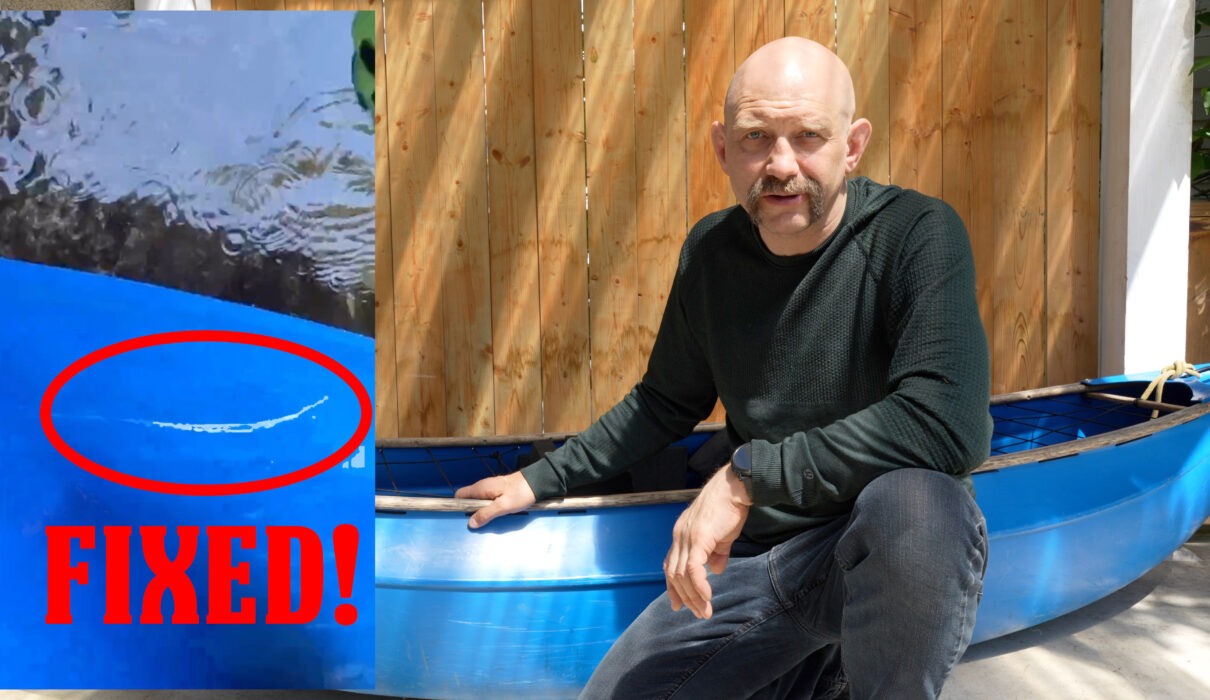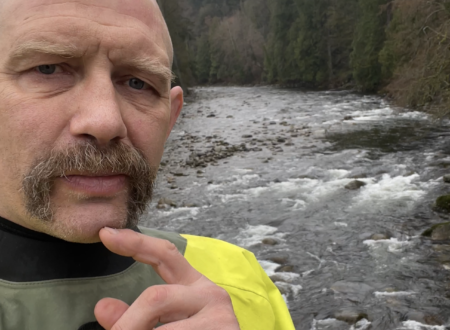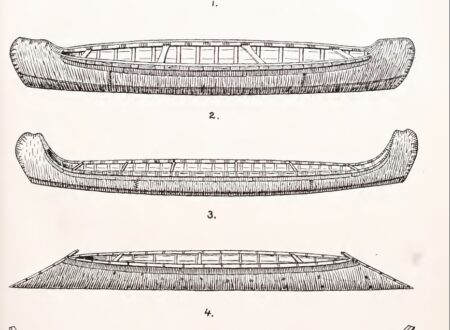I recently broke my favourite whitewater boat – an Esquif L’Edge Lite – paddling the Capilano River. The river was already at a low level when the river authorities turned off the dam upstream and reduced the river to a trickle. The Capilano is in a deep canyon and climbing out would have been very difficult, so I continued downriver over the rocks; bump, bump, bump, crack!
By the end of the trip I had a 12 inch crack under my saddle, and a smaller crack starting just beside that one. Ouch!
Not all plastic boats are easily repaired. For example, older Royalex boats and anything built from cross-linked polyethylene is very difficult or impossible to repair.
Fortunately many whitewater boats (including the L’Edge) are built from linear polyethylene, and that CAN be repaired using a process called “plastic welding.”
If you want to fix a crack in your boat, your first step should be to call the manufacturer and make sure that the material can be welded.
In plastic welding you drill little holes at the end of the the crack to stop their propagation, gouge out the crack to make it a groove, put a filler into that groove, and then use heat the melt the filler and bond the two sides of the crack together.
Unless you’re already familiar with plastic welding I would probably google plastic welding services near me and ask for a quote from a professional. Plastic welding can be tricky and potentially screwin up your $2,000 whitewater boat is probably a false economy.
Here’s a little video of the plastic welding process and results – one thing I forgot to mention is that the plastic filler used for welding isn’t UV resistant, so keep your newly repaired boat out of the sun as much as possible.
Cheers!







